Unseen Gems: Ranking the Best Nintendo Games That Never Released in North America
Popular Now
 Geometry Dash
Geometry Dash
 Warframe
Warframe
 Valorant
Valorant
 Free Fire Max
Free Fire Max
 Call of Duty
Call of Duty
 EA SPORT FC 25
EA SPORT FC 25
 Free Fire
Free Fire
 BeamNG.drive
BeamNG.drive
 CarX Street
CarX Street
 Fall Guys
Fall Guys 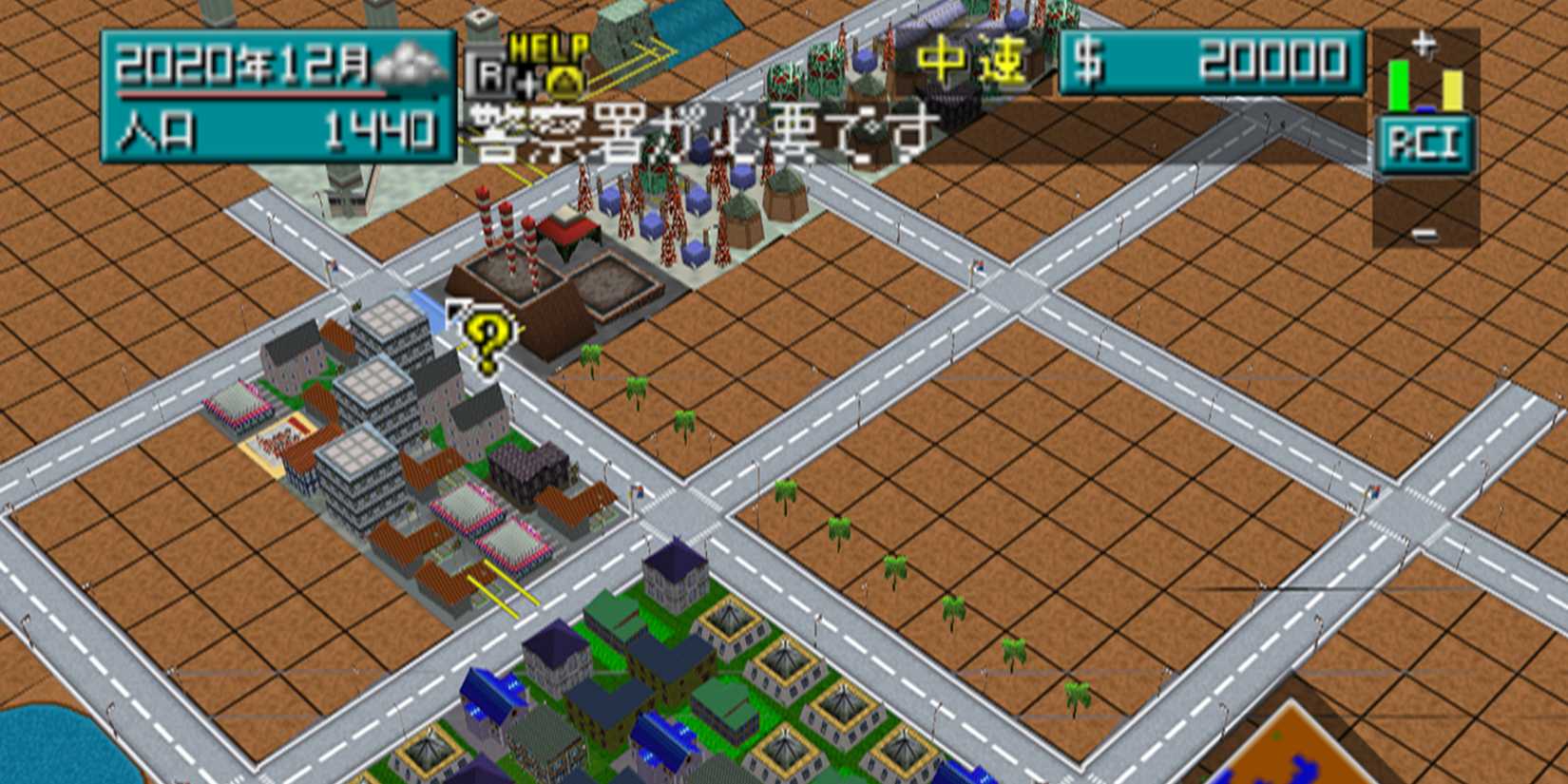 For a long time, video game fans in North America had to deal with the bitter reality of regional exclusivity. While major franchises like Mario and Zelda were universally released, countless other masterpieces from Nintendo’s diverse library were kept exclusively in Japan, and sometimes Europe. The reasons for this were varied, from marketing concerns and niche genres to simple business decisions that left a huge gap in the gaming landscape. However, thanks to the power of emulation, fan translations, and the occasional modern port, many of these “lost” classics are now more accessible than ever. This list celebrates the best Nintendo games that never received an official North American release, focusing on the titles that are true hidden gems. The ongoing interest in these games has led to a major increase in searches for “Mother 3 English patch,” “Terranigma North American release,” and “best Super Famicom games.”
For a long time, video game fans in North America had to deal with the bitter reality of regional exclusivity. While major franchises like Mario and Zelda were universally released, countless other masterpieces from Nintendo’s diverse library were kept exclusively in Japan, and sometimes Europe. The reasons for this were varied, from marketing concerns and niche genres to simple business decisions that left a huge gap in the gaming landscape. However, thanks to the power of emulation, fan translations, and the occasional modern port, many of these “lost” classics are now more accessible than ever. This list celebrates the best Nintendo games that never received an official North American release, focusing on the titles that are true hidden gems. The ongoing interest in these games has led to a major increase in searches for “Mother 3 English patch,” “Terranigma North American release,” and “best Super Famicom games.”
1. Mother 3 (Game Boy Advance)
The story of Mother 3’s non-release in North America is legendary among fans. As the sequel to the cult classic EarthBound, Mother 3 was a highly anticipated title that was ultimately canceled for the Nintendo 64 and rebooted for the Game Boy Advance. Its stunning pixel art, emotional and deeply moving story, and unconventional RPG mechanics made it a critical and commercial success in Japan. However, it was never brought to the West, a decision that has been attributed to several factors: the game’s dark and mature themes, the lack of commercial success of EarthBound in the West, and its release near the end of the Game Boy Advance’s life cycle. Despite this, a dedicated fan community, known as Starmen.net, created a high-quality fan translation that has allowed millions of players to experience this masterpiece. Mother 3 is a powerful story of loss, love, and the consequences of progress, and it remains one of the most requested games for a Western release to this day. Its beautiful music and deeply emotional narrative have cemented its place as a gaming legend that many Western fans know, but have never officially been able to play.
 2. Terranigma (Super Nintendo)
2. Terranigma (Super Nintendo)
Released late in the Super Nintendo’s life, Terranigma is the spiritual successor to Illusion of Gaia and Soul Blazer. This action RPG from Enix is an absolute classic that was a commercial and critical success in Japan and Europe, but was mysteriously never released in North America. The game’s premise is unique: you play as a young boy named Ark who must journey through a desolate, hollow world, helping to bring life and civilization back to the surface. It’s a game with a powerful narrative and a rich, philosophical story that deals with themes of creation, destruction, and humanity’s place in the world. The gameplay is a brilliant mix of action, puzzle-solving, and RPG elements, with a beautiful soundtrack and a stunning 16-bit art style that pushes the Super Nintendo to its limits. The fact that a full English localization for the European market existed makes its North American absence all the more frustrating for fans who were desperate to play it. Terranigma is a masterpiece that stands toe-to-toe with the best RPGs of its era, and its lack of a North American release remains one of the greatest injustices in gaming history.
 3. Fire Emblem: Seisen no Keifu (Genealogy of the Holy War) (Super Nintendo)
3. Fire Emblem: Seisen no Keifu (Genealogy of the Holy War) (Super Nintendo)
Before Fire Emblem became a mainstream franchise in the West, it was a niche series beloved in Japan. The fourth installment, Genealogy of the Holy War, is a standout for its ambitious and complex design. The game features a massive, sprawling story that spans two generations, with a unique system where the children’s stats and skills are determined by the relationships of their parents in the first half of the game. It is a game on a scale rarely seen in console RPGs of its time, with massive maps and a deep, interconnected narrative that features political intrigue, betrayal, and romance. The game’s sophisticated themes and immense scale were likely seen as a deterrent for a Western market that was still warming up to the tactical RPG genre. Genealogy of the Holy War is a true gem of the tactical RPG genre, and it laid the groundwork for many of the mechanics that would later define the franchise. While some of its later installments have made their way to North America, this classic remains an experience that North American players can only enjoy through a fan translation.
4. Bahamut Lagoon (Super Nintendo)
Developed by Square (now Square Enix), Bahamut Lagoon is a beautiful and highly creative tactical RPG that was a big hit in Japan but never made it to the West. The game is celebrated for its stunning, high-quality pixel art and its unique gameplay mechanics, which allow players to raise and command dragons in battle. The dragons, which are at the center of the game’s story, can be customized and evolved in a variety of ways, adding a fun and engaging layer of strategy. The game’s story is filled with political intrigue, memorable characters, and a beautiful world to explore. While it’s a shame this game was never localized for North America, its reputation has grown over the years, with many fans seeking it out for its classic Square-era charm and beautiful visuals. Bahamut Lagoon is a reminder of the rich creativity of the 16-bit era and a testament to the quality of games that were never given a chance to shine in the West.
 5. Xenoblade Chronicles (Wii)
5. Xenoblade Chronicles (Wii)
While Xenoblade Chronicles eventually did make it to North America, its journey was a long and arduous one that cemented its status as a “lost game.” The game was originally released in Japan and Europe, but Nintendo of America showed no signs of releasing it, fearing that it would not be a commercial success. This led to a massive fan campaign known as “Operation Rainfall,” which saw fans of the series petitioning, emailing, and flooding Nintendo’s social media accounts to demand a release. The sheer volume of fan support eventually convinced Nintendo to release the game as a GameStop exclusive, albeit with a very limited print run. The game’s epic scale, open-world design, and massive Bionis and Mechonis settings made it a critical darling. It is a testament to the power of a dedicated fan community that this game was saved from a fate of being a Japan-exclusive title. While it is now widely available, the story of its non-release is a fascinating part of Nintendo history, and it is a reminder of the many great games that almost never made it to North America. The success of Xenoblade Chronicles helped to pave the way for more JRPGs to be released in the West and is a legendary tale of a game that was rescued from obscurity by its fans.





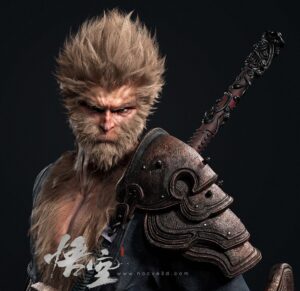

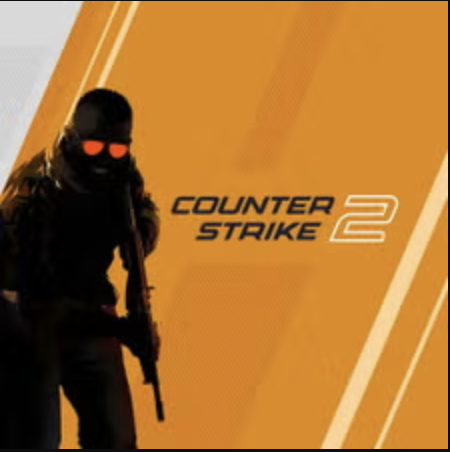

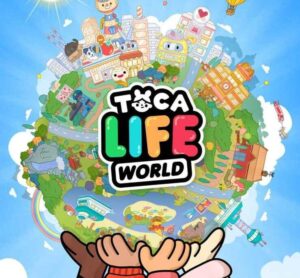
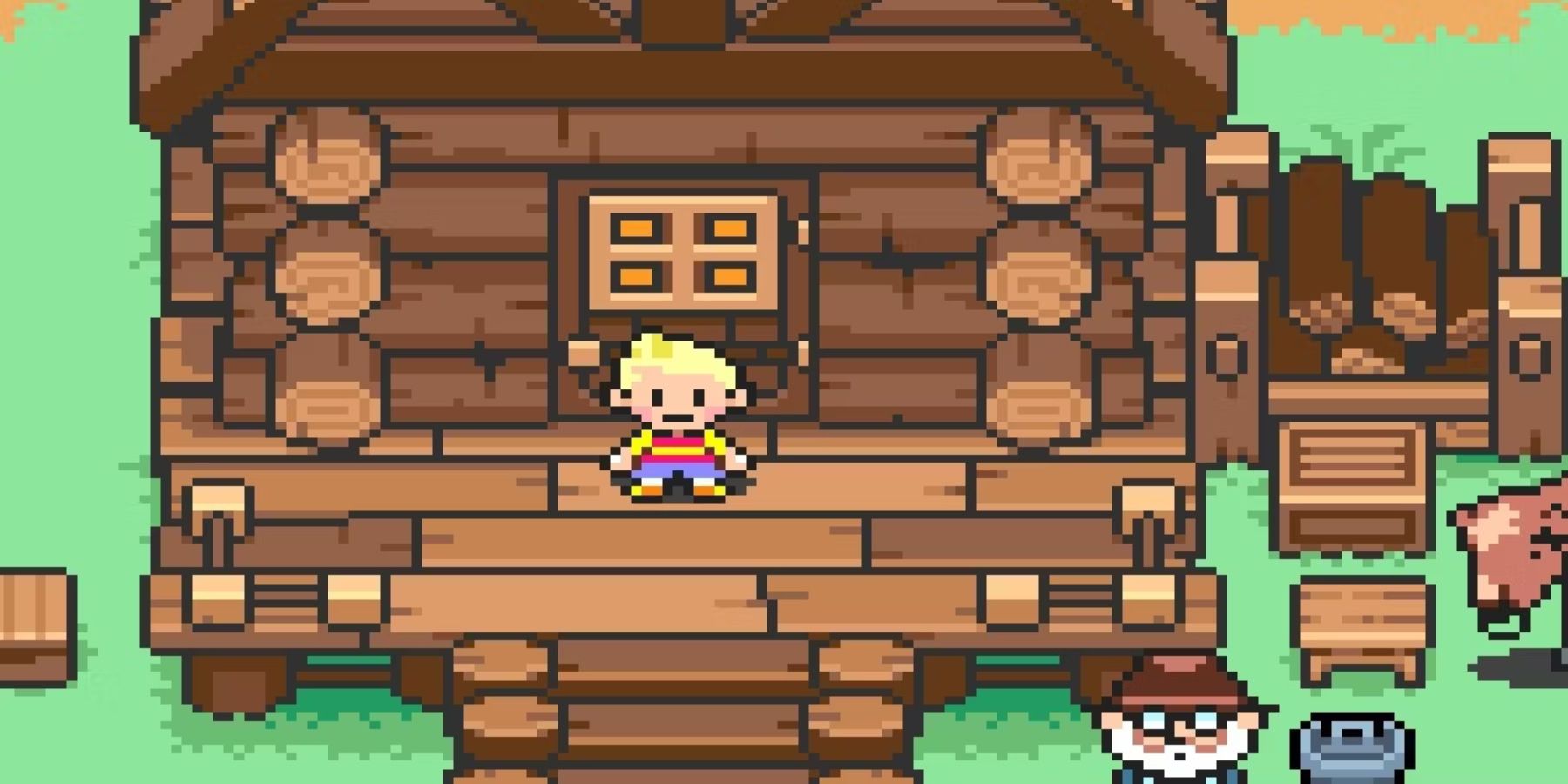 2. Terranigma (Super Nintendo)
2. Terranigma (Super Nintendo)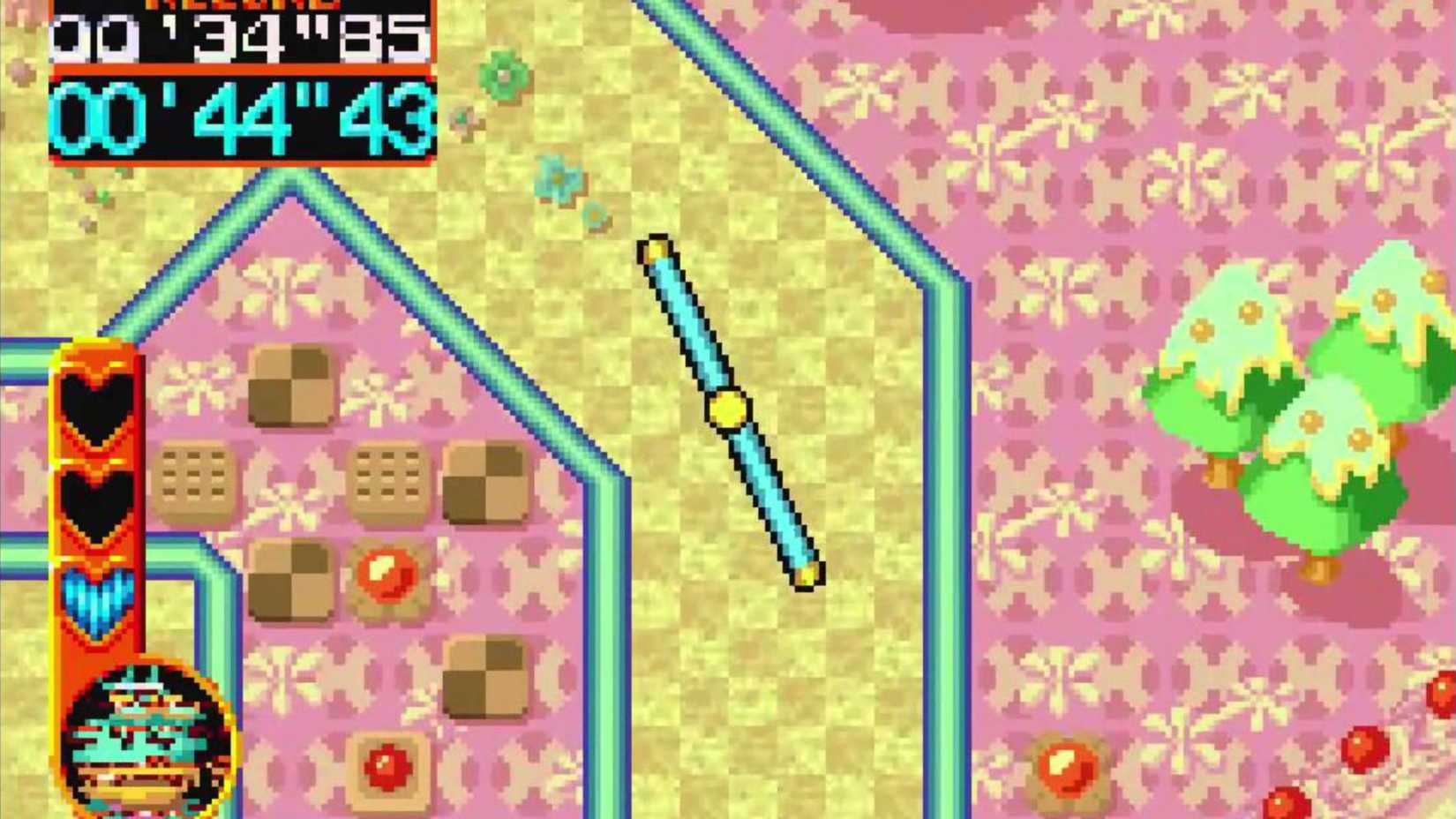 3. Fire Emblem: Seisen no Keifu (Genealogy of the Holy War) (Super Nintendo)
3. Fire Emblem: Seisen no Keifu (Genealogy of the Holy War) (Super Nintendo)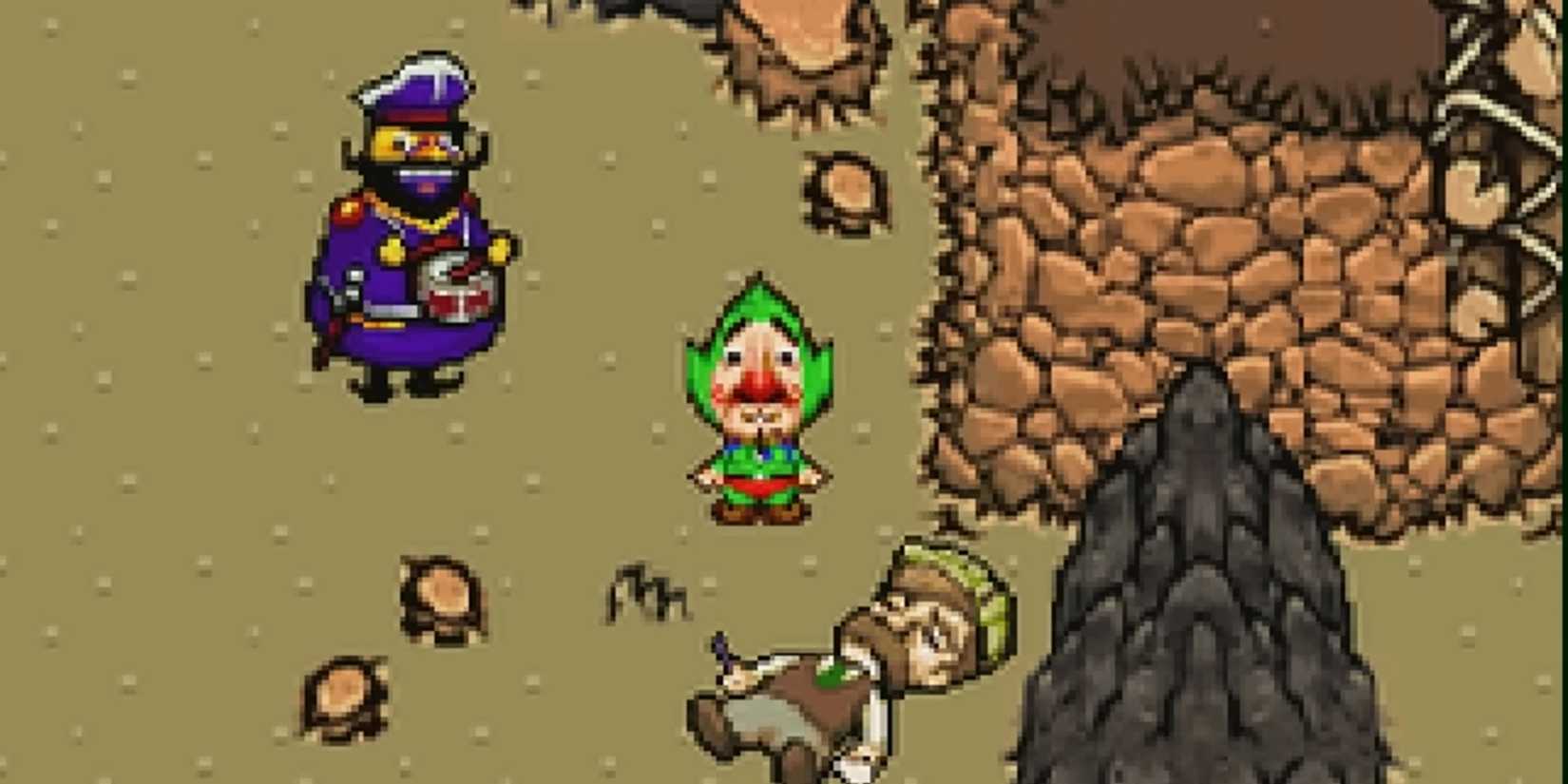 5. Xenoblade Chronicles (Wii)
5. Xenoblade Chronicles (Wii)